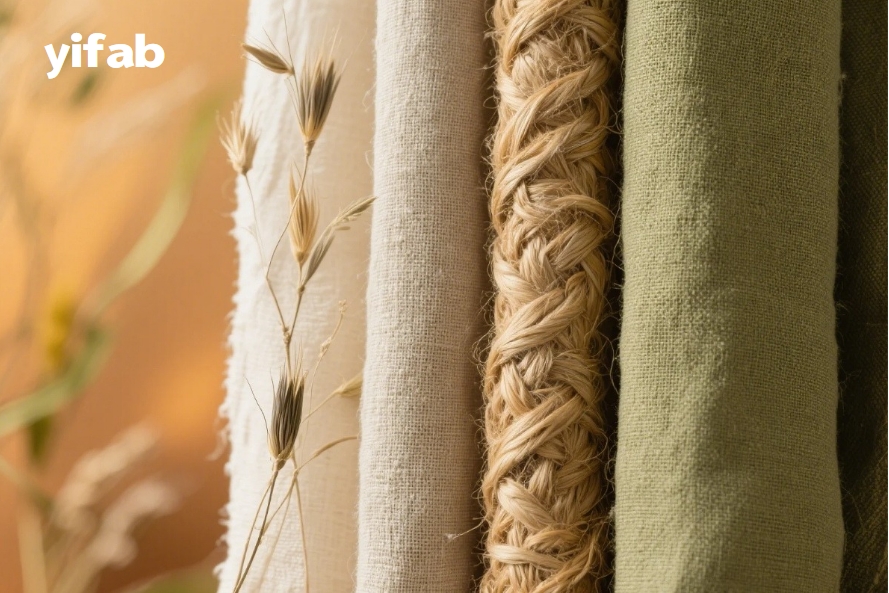The Role of Linen and Ramie Fabrics in Eco-Friendly and Sustainable Fashion
Blog post description.
6/4/20251 min read


The Role of Linen and Ramie Fabrics in Eco-Friendly and Sustainable Fashion
In today's fashion industry, sustainability has become a central focus, with consumers increasingly looking for eco-friendly alternatives to conventional fabrics. Among these, linen and ramie fabrics stand out for their natural, biodegradable properties, making them ideal choices for environmentally conscious fashion.
Linen, made from the flax plant, is one of the oldest textiles in human history. It’s known for its breathability, durability, and moisture-wicking qualities. The production process of linen requires minimal water and pesticides, reducing its environmental impact compared to many other fibers. Linen is biodegradable, ensuring that it won’t linger in landfills long after its use. Additionally, linen’s natural texture and elegance make it perfect for both casual and luxury fashion, providing consumers with a stylish yet sustainable option.
Ramie, often referred to as “China grass,” is another sustainable fabric gaining popularity in eco-friendly fashion circles. It’s derived from the stalks of the ramie plant, which is naturally resistant to pests, thus requiring fewer chemicals to grow. Like linen, ramie is highly durable, lightweight, and biodegradable. Its resilience and ability to retain shape and color make it a strong contender in sustainable fashion lines, offering consumers long-lasting garments that are both functional and eco-conscious.
Both linen and ramie fabrics represent a shift towards more sustainable fashion choices. By supporting these fabrics, we can reduce the industry's reliance on synthetic fibers, minimize environmental harm, and promote a more sustainable and eco-friendly future in fashion.
Conclusion: Embrace linen and ramie fabrics for a more sustainable wardrobe. These eco-friendly textiles not only offer durability and comfort but also contribute to reducing the fashion industry's environmental footprint.
This shift to sustainable fashion is not just a trend—it’s the future.
